Editor’s Note: in the days since this article was written, numerous earthquakes and aftershocks have struck, causing additional damage to the castle, and Kyushu as a whole. Earthquake resistant architecture obviously isn’t as simple as ceramic roof tiles being shaken to the ground. This article should be construed as highlighting an ancient method that architects tested in an earthquake-prone nation, rather than an modern usage of earthquake-resistant technology.
A powerful earthquake (M 6.5) rocked southern Japan on Thursday, with an even larger tremor (M 7.3) hitting on Friday. As of now the death toll is in the single digits with roughly 1000 reported injuries. Those numbers will likely rise but as of now it seems that the fluid situation could have been a lot worse. One of the more visually shocking images is the damaged Kumamoto-jo, a majestic castle dating back to 1467 and is a powerful symbol of the Kumamoto region.
Japan is a country that is susceptible to both powerful hurricanes, as well as earthquakes. The heavy tile roofing, known as kawara, were designed to help structures withstand strong winds from hurricanes by weighing down the house. Their weight also provided support against small tremors.
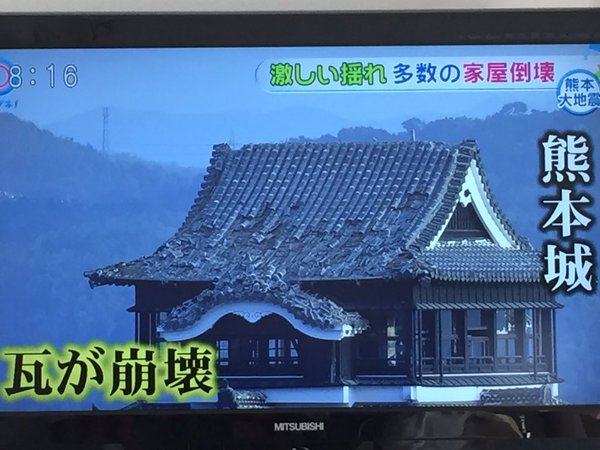
photo by twitter user @miniminiyumiko
Perhaps Kumamoto Castle has ancient wisdom to thank for still standing. And of course it’s concrete reconstruction added in 1960 😉

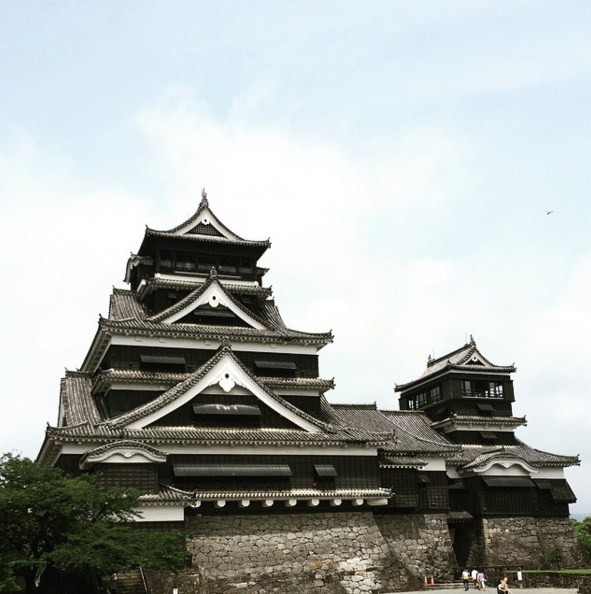
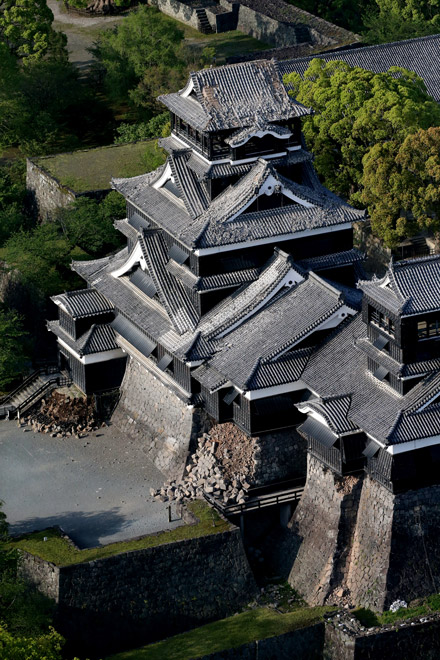

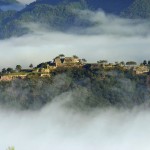
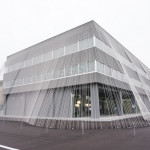
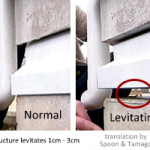



















April 15, 2016 at 7:42 pm
The parts that fell apart were made with modern technology: the ishigaki and irimoya.
April 15, 2016 at 10:42 pm
One of the towers is now a toppling hazard. The person reporting this is wrong.
April 16, 2016 at 1:20 pm
I thought two outlying towers had collapsed
April 17, 2016 at 6:09 pm
This article completely glosses over the fact that the castle that stands today is a reconstruction made from concrete in the 1960s. I’ve been inside, where anyone can see that the museum it contains is a modern building. It is nothing like any of the castles in Japan that are basically original. Only the outer facade matches the ancient design.
https://en.wikipedia.org/wiki/Kumamoto_Castle